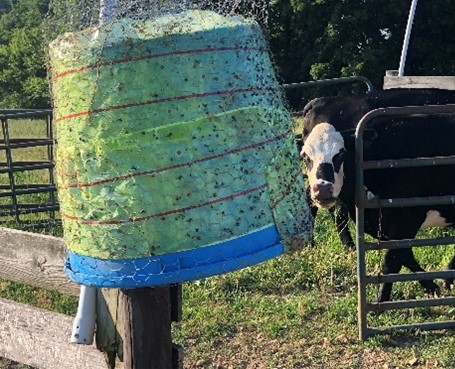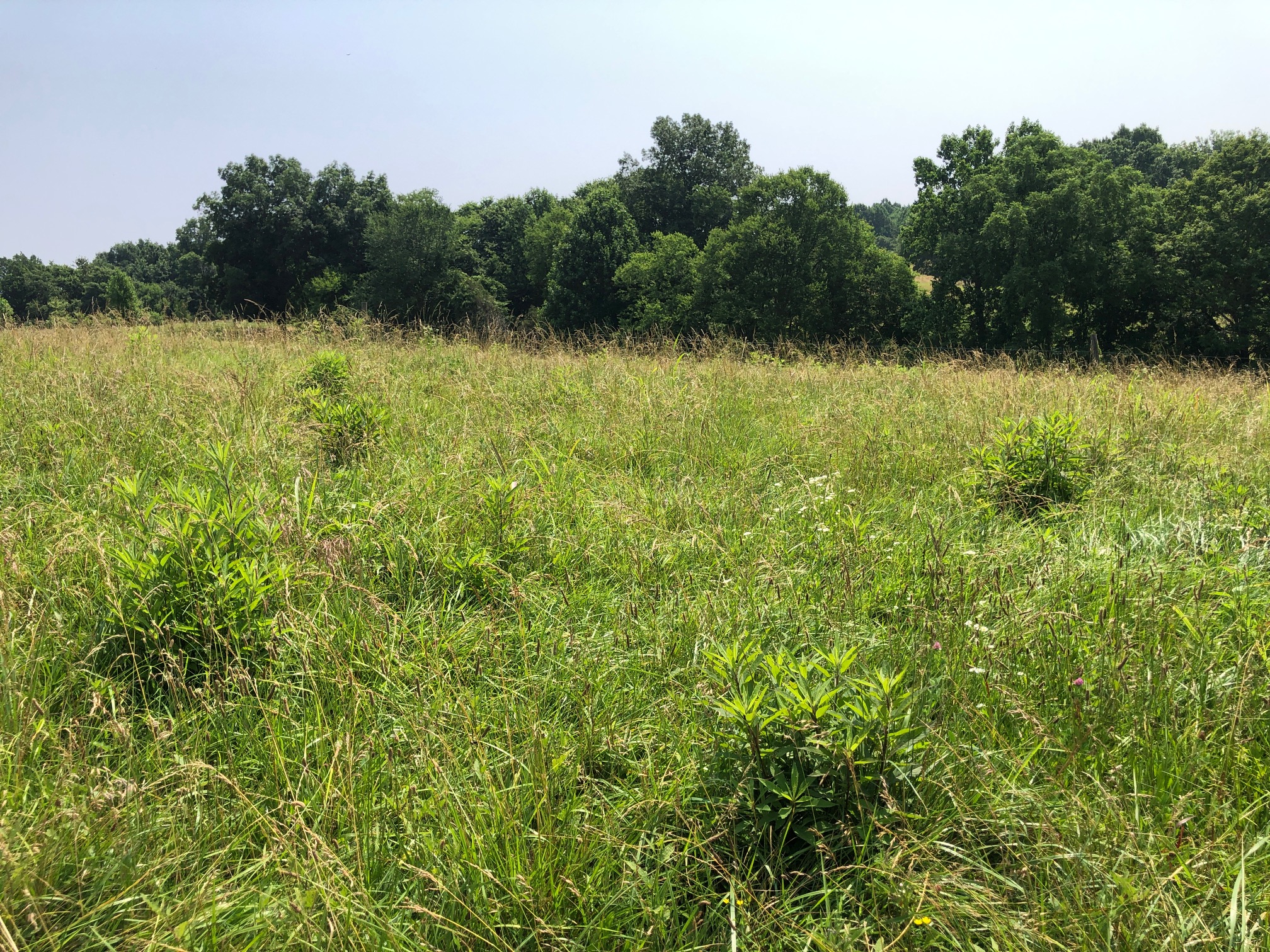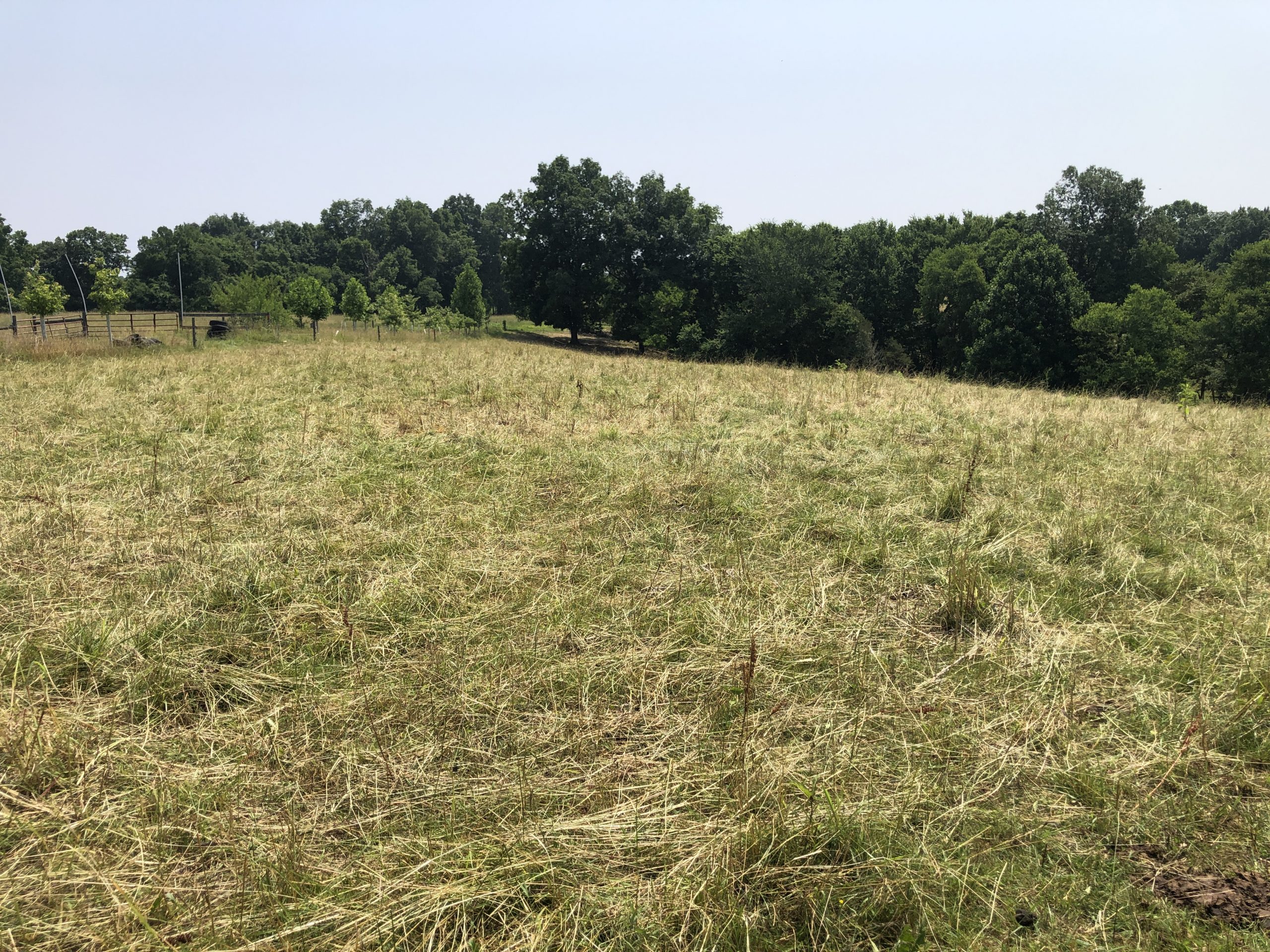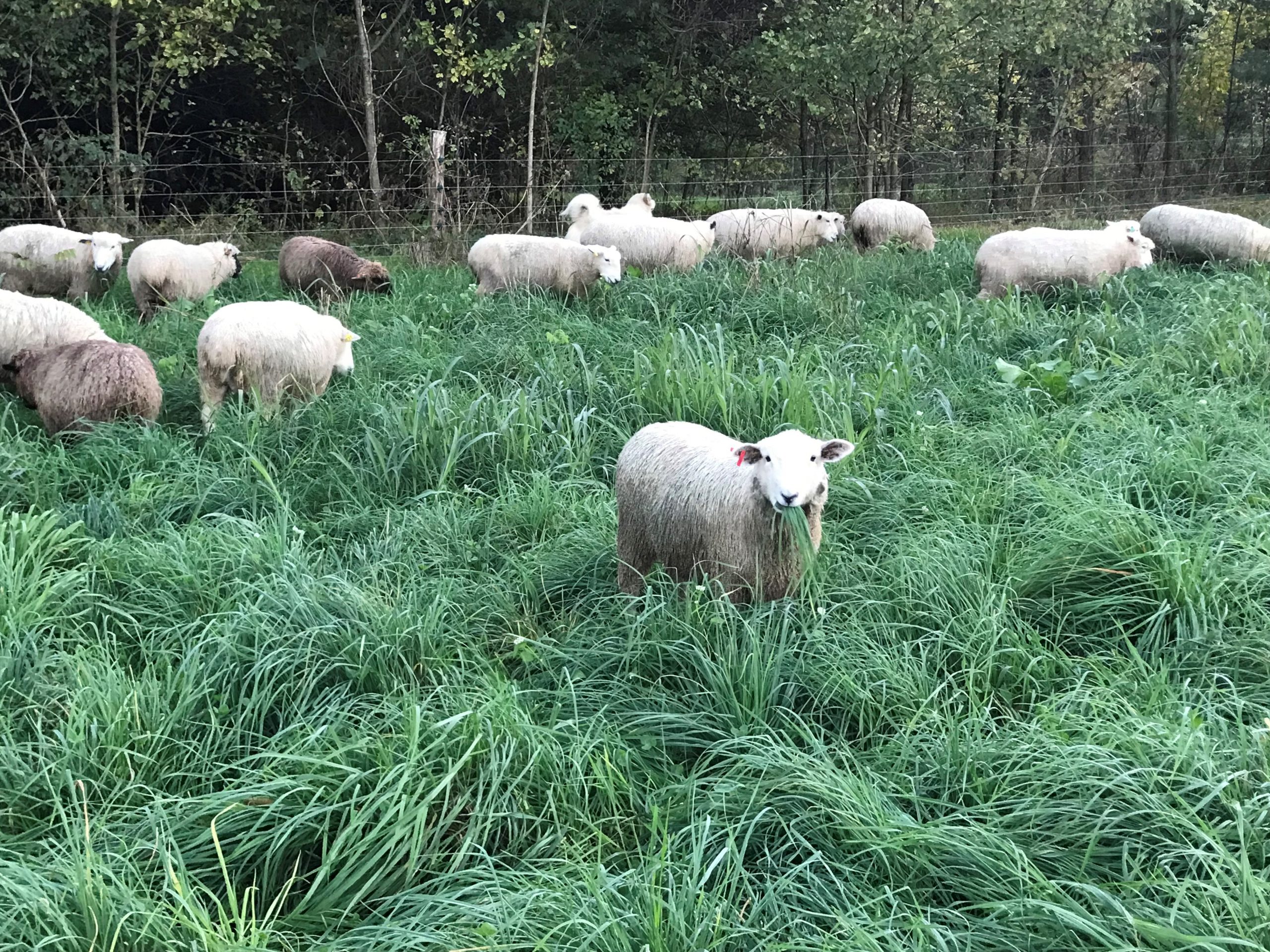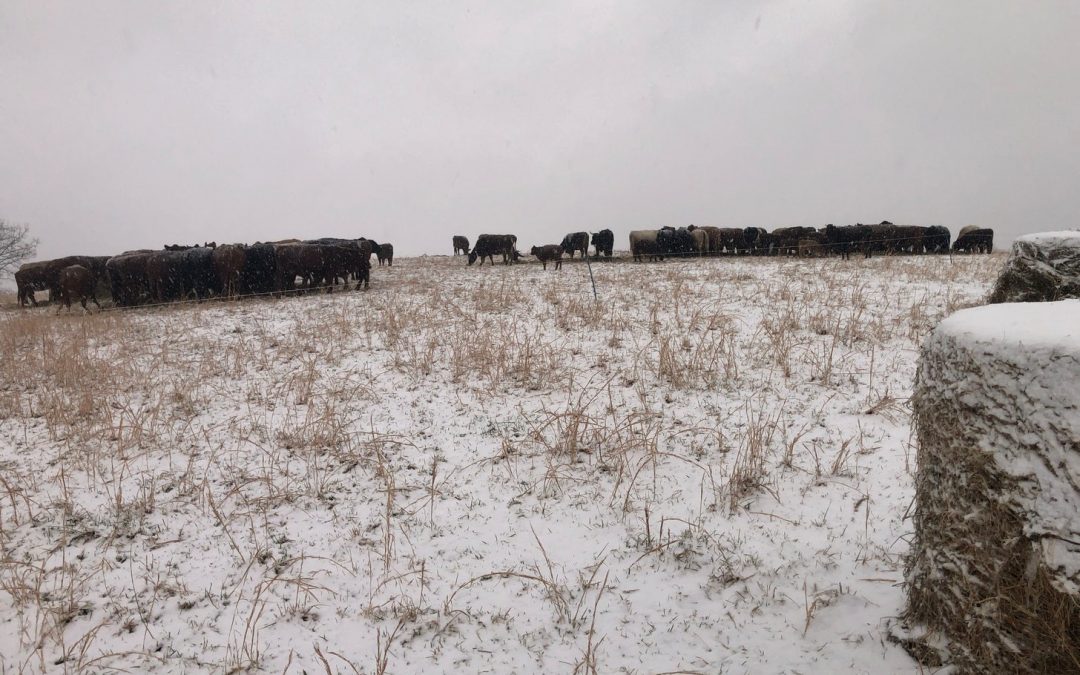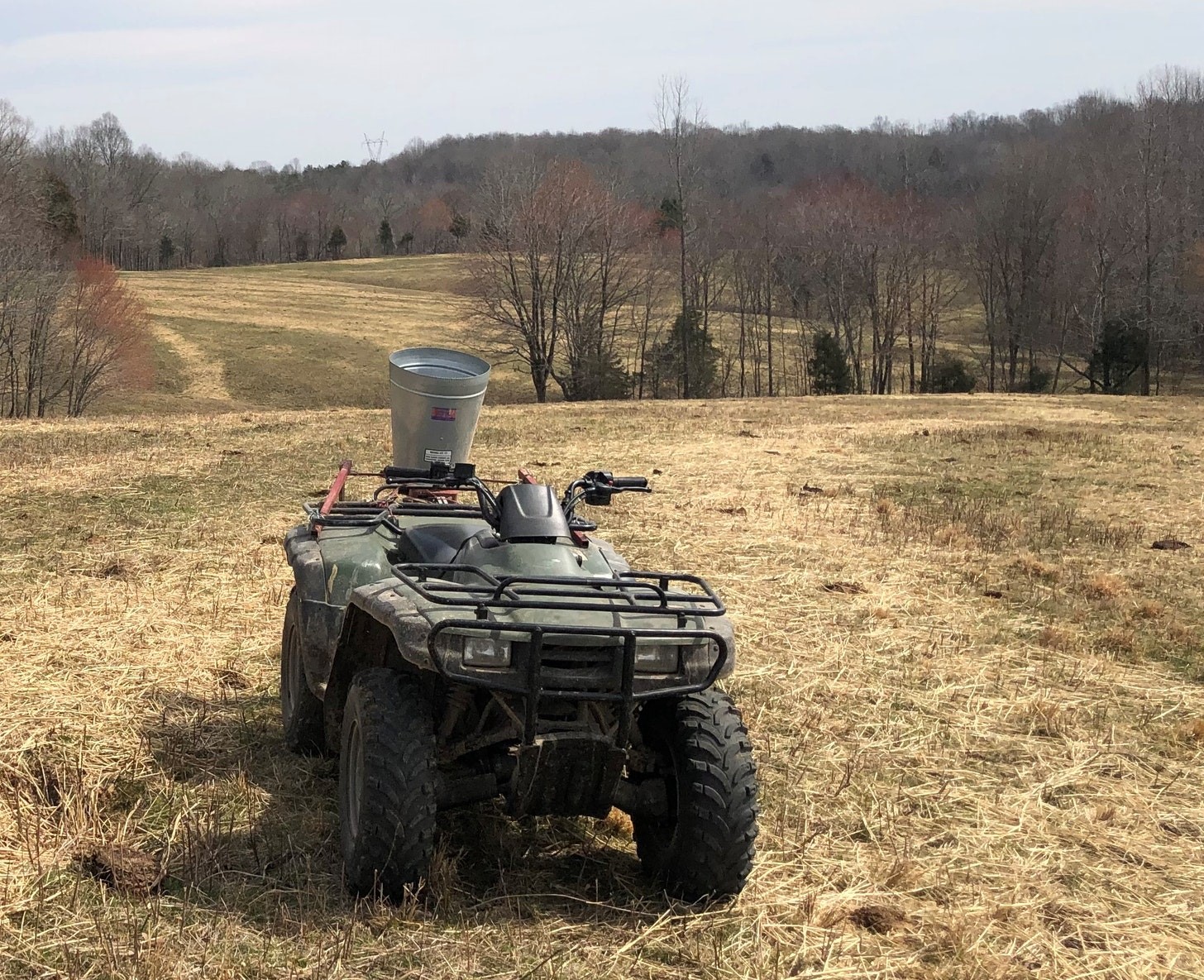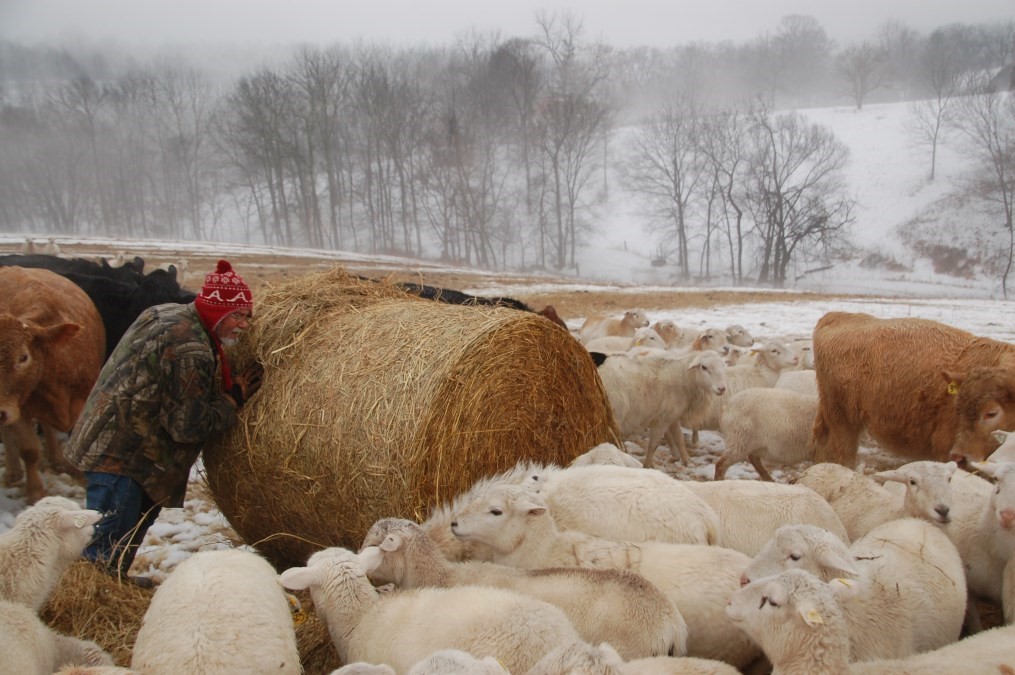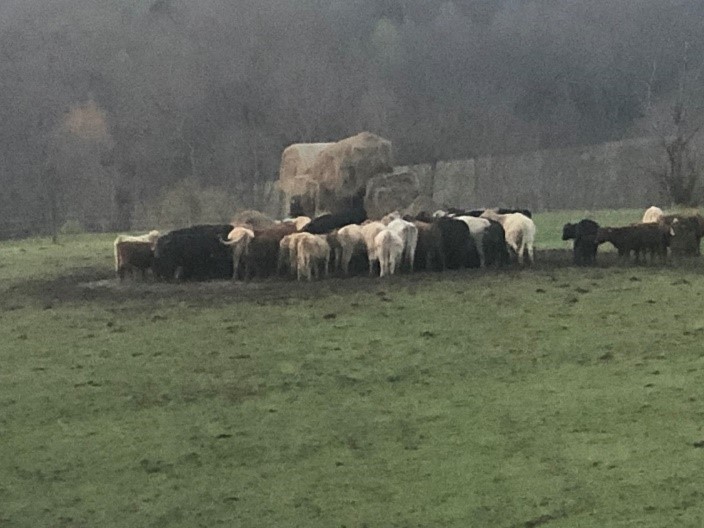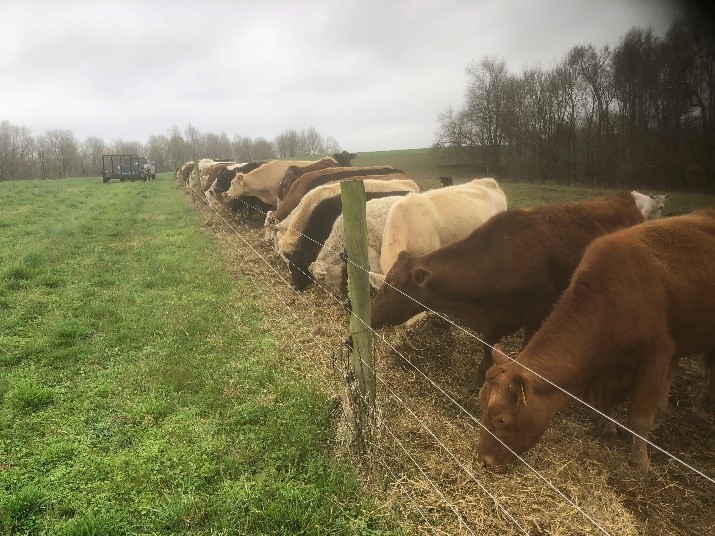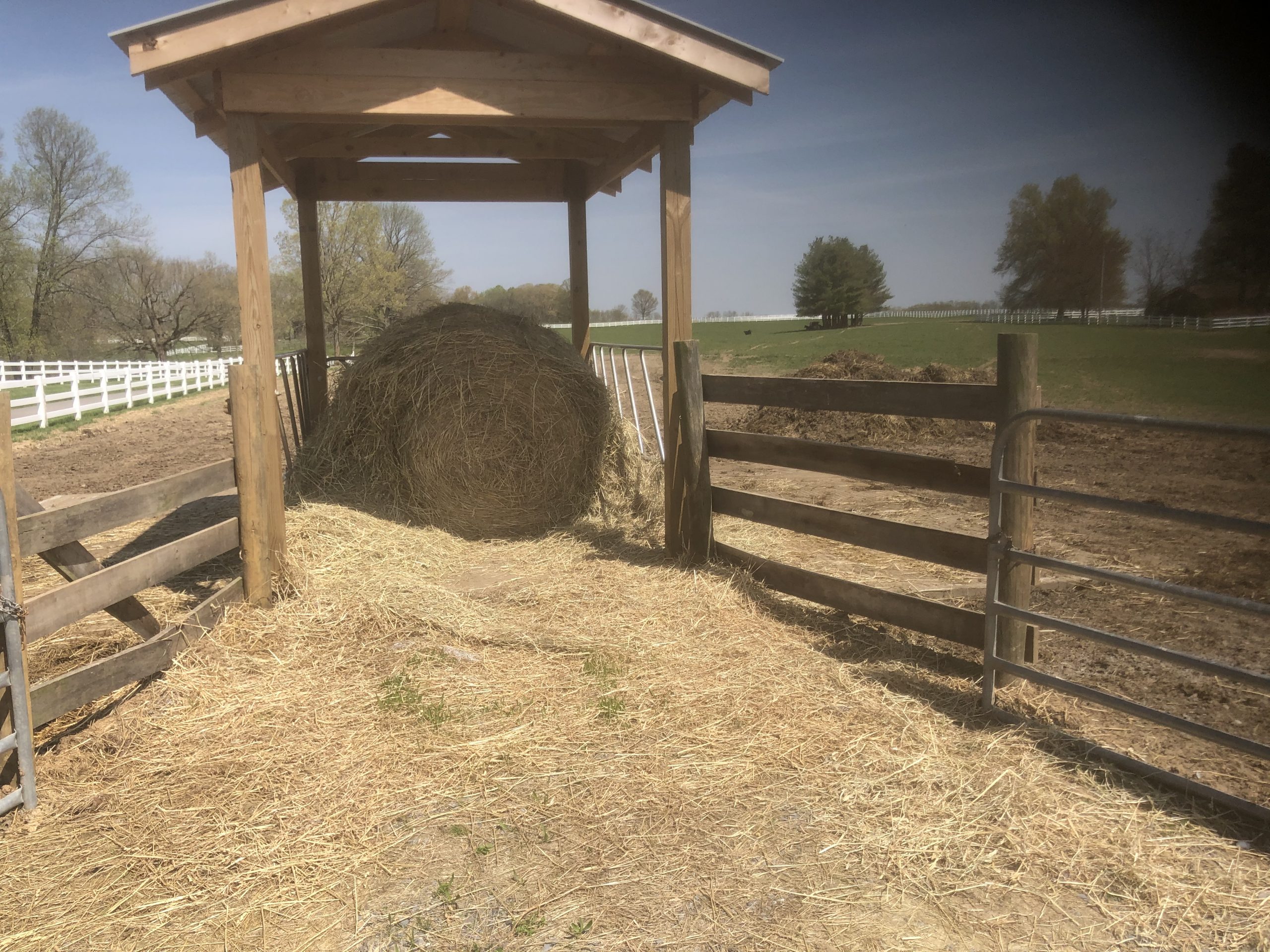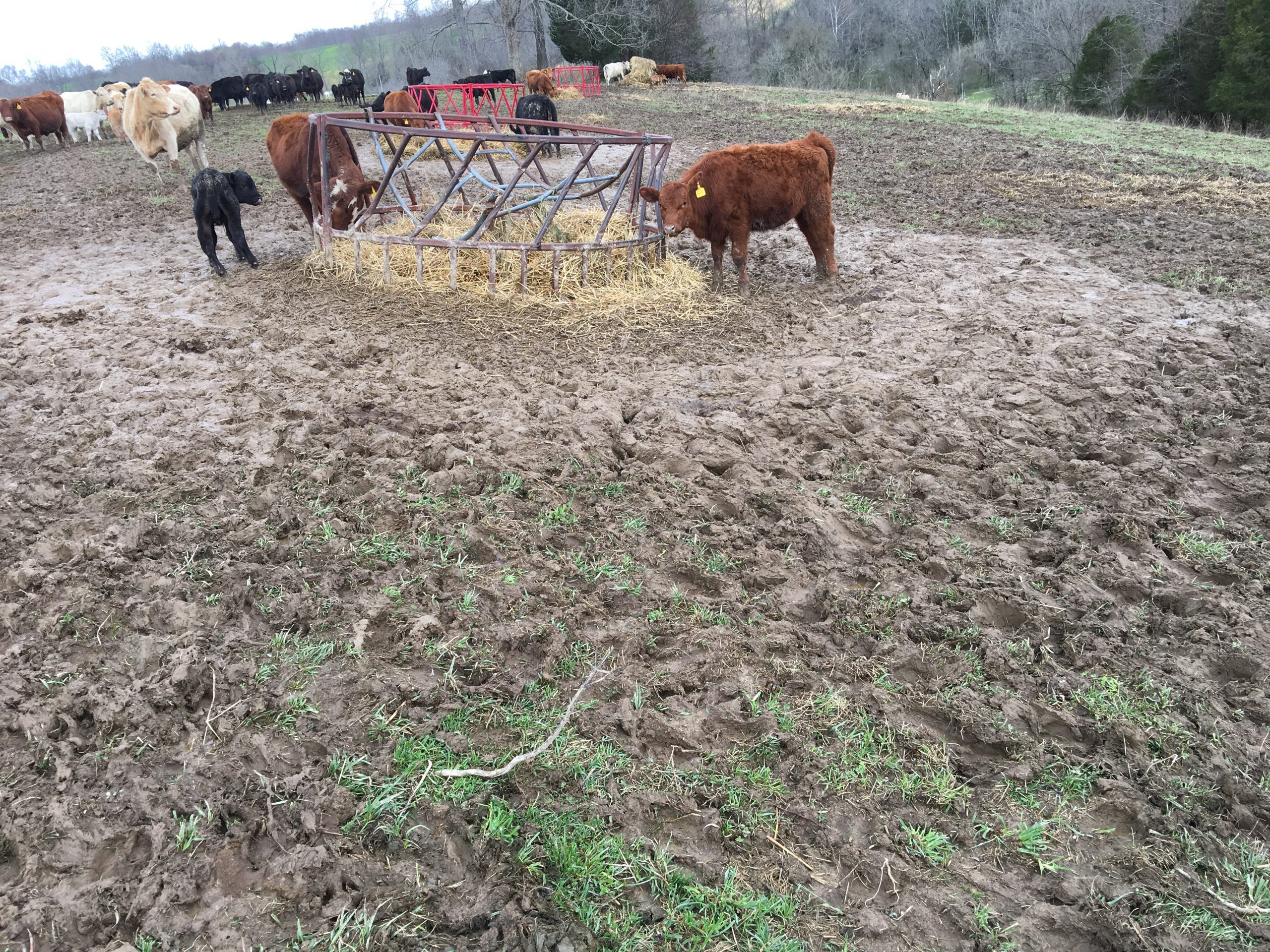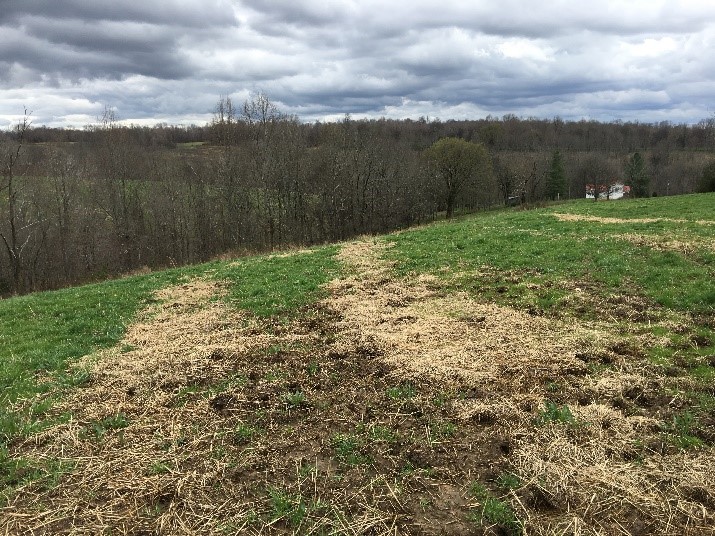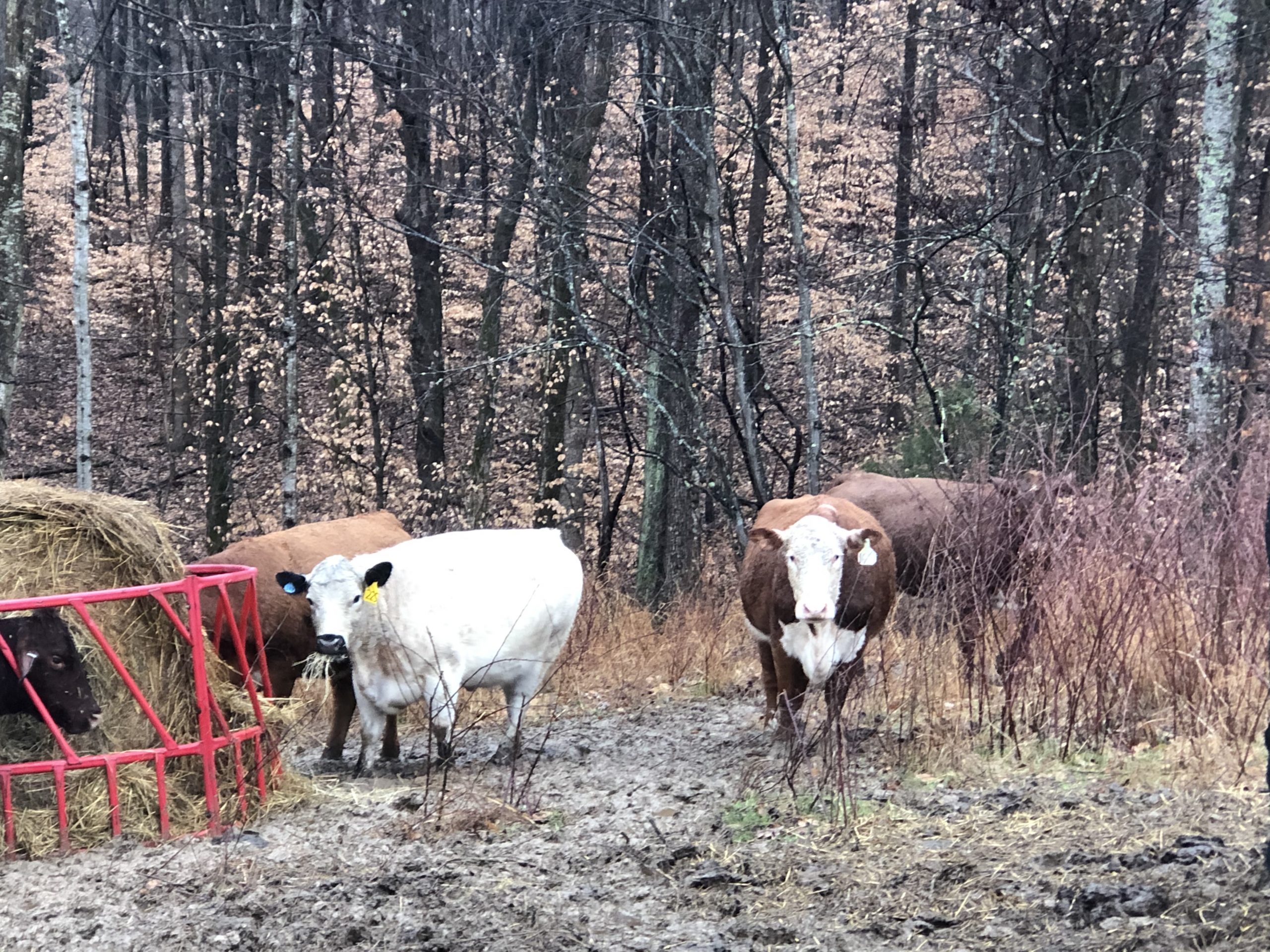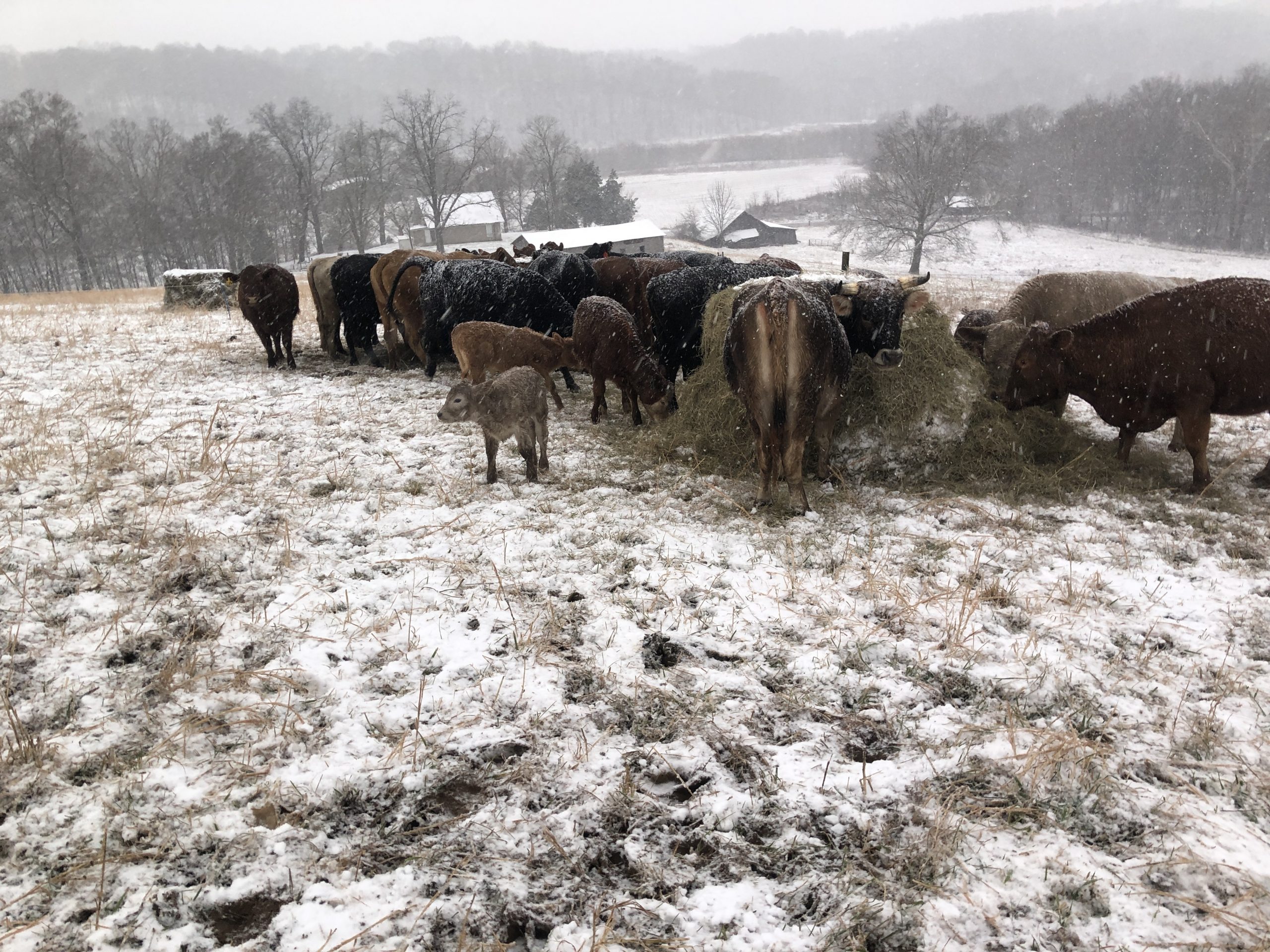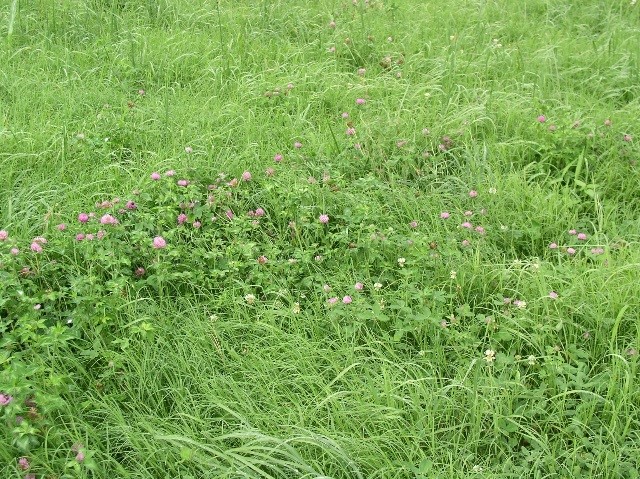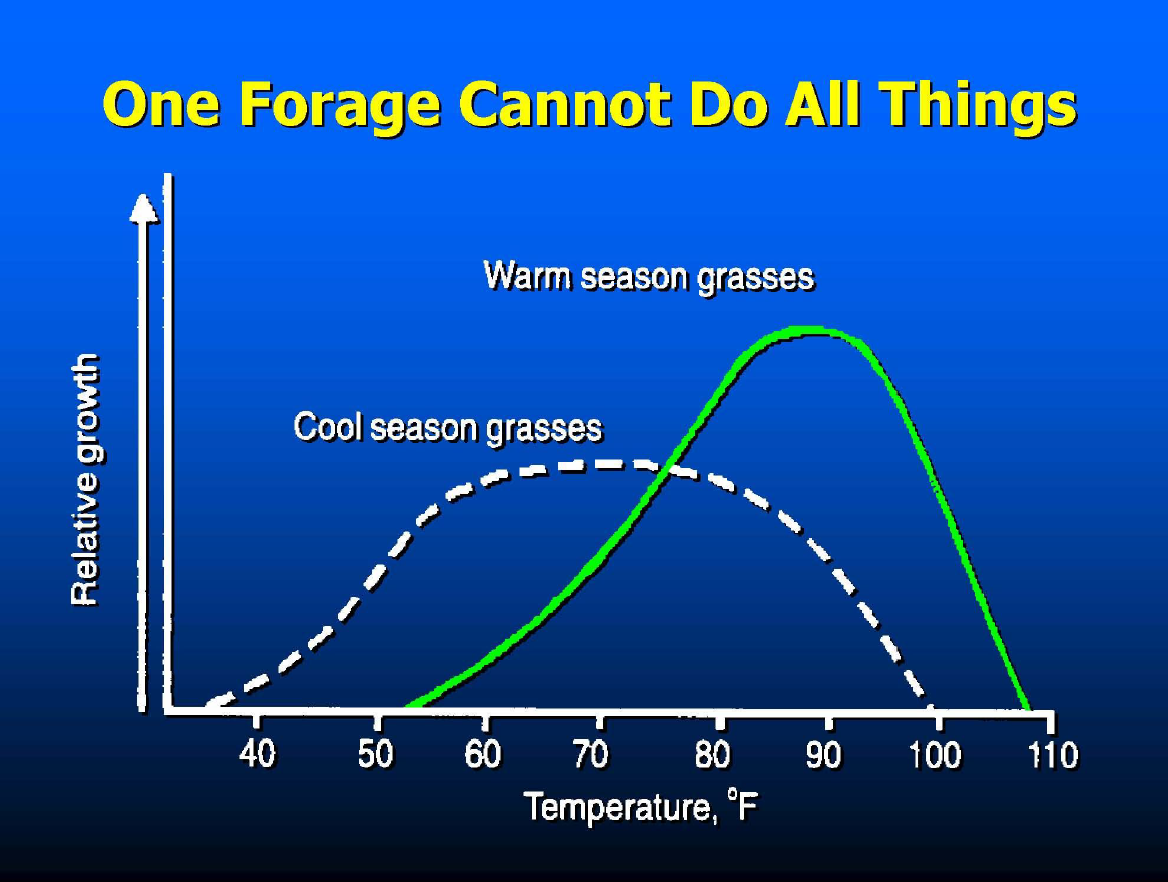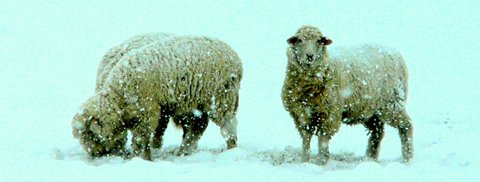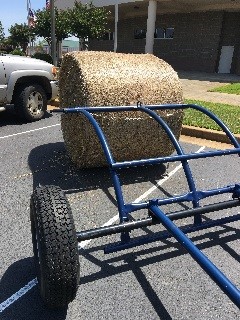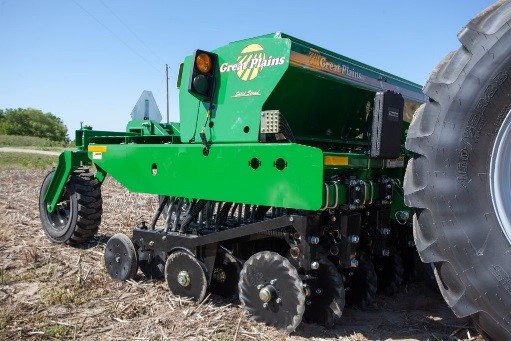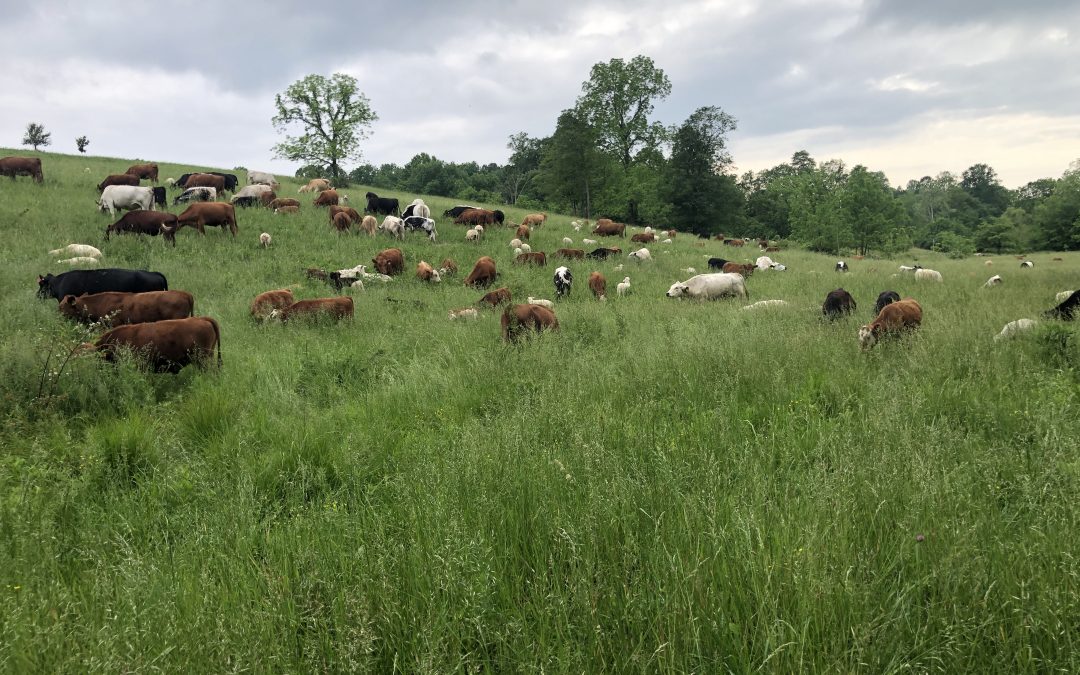
July Timely Tips Preparing your pastures for winter, in July
Preparing your pastures for winter
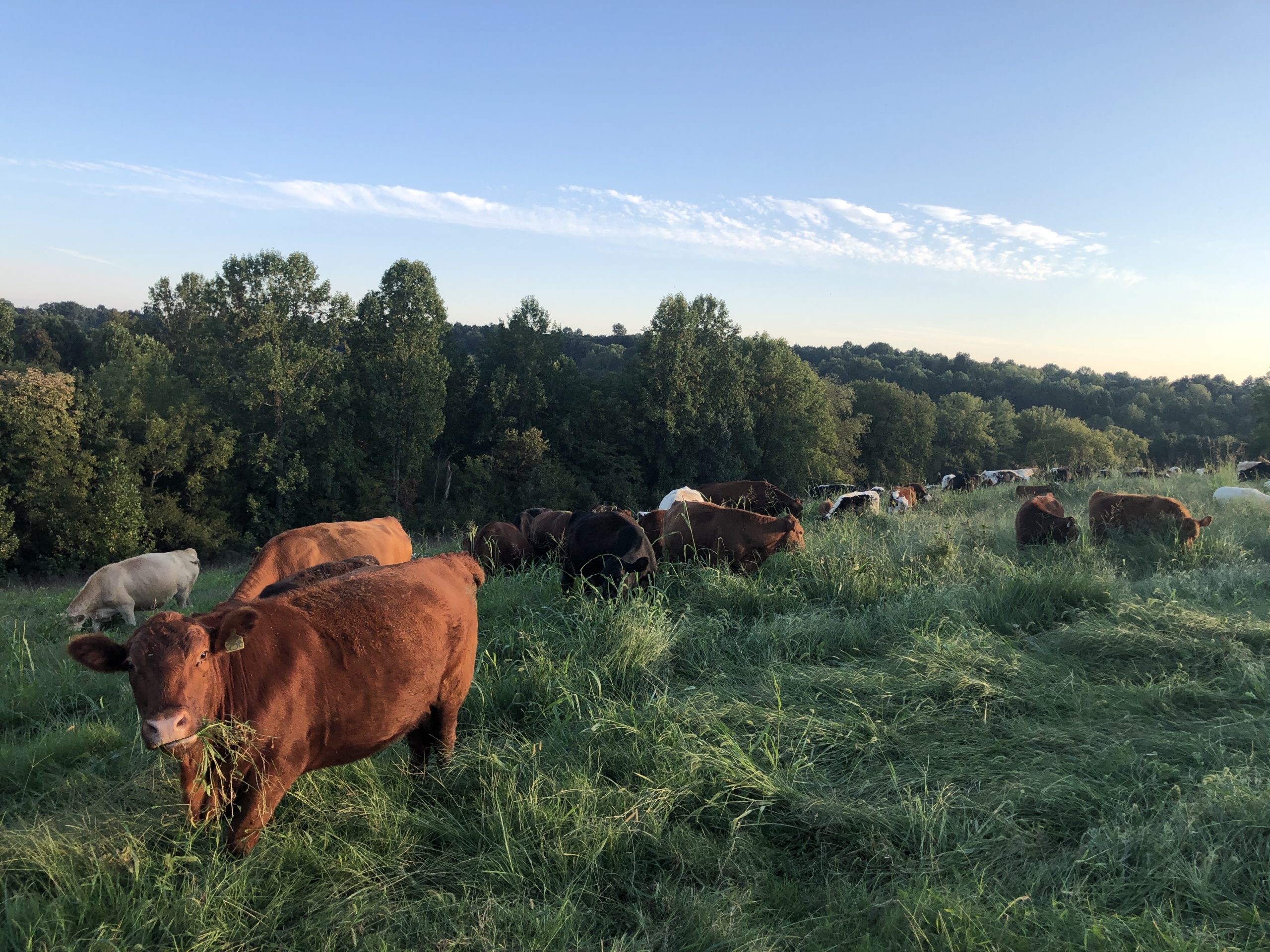
In South Central Kentucky, we are getting plentiful rain, and the grass is growing wonderfully, but the weeds/forbs are growing too. The following are some things covered in this note to consider this time of year.
· Mowing to prepare for stockpiling grass and to reset pastures for fall growth
· Fly numbers are increasing, and internal parasites thrive in warm moist weather.
· Water for livestock
· Shift focus from seeding warm-season forages to cool-season forages.
· Timing your introduction of rams and bullies
· Livestock selection criteria
· Upcoming grazing events
MOWING AND STOCKPILING GRASS FOR WINTER
Now through September 15th is the most important time to clip pastures. This is an important time to return forage to a vegetative state before stockpiling grass for winter. Only mow fields that need a reset; don’t mow down good grass, it may not rain, and any standing grass is better than none. Graze more mature grass first while allowing more vegetative grass to grow. Short-duration high-density grazing reduces mowing, but sometimes there are old stools of grass with brown leaves shading green leaves or plants, shading desirable grass that needs light to grow and last longer for stockpiling grass. Broadleaf plants like wingstem and ironweed shade desirable grass and can reduce grass production. Clipping pastures to a 5” height may also help reduce pink eye.
FLY CONTROL
Peak fly season is now through September, be diligent in controlling flies. In addition to the measures I mentioned in the last timely tips (garlic powder in mineral, mineral oil, fly paper) mop type back rubbers filled with mineral oil works well. A mop tank is superior to sock-type back rubbers because they tend to slick over and not release the oil. Cedar oil added to the mineral oil can enhance fly control. Sometimes I cut a cedar tree for cattle to rub on.
WATER
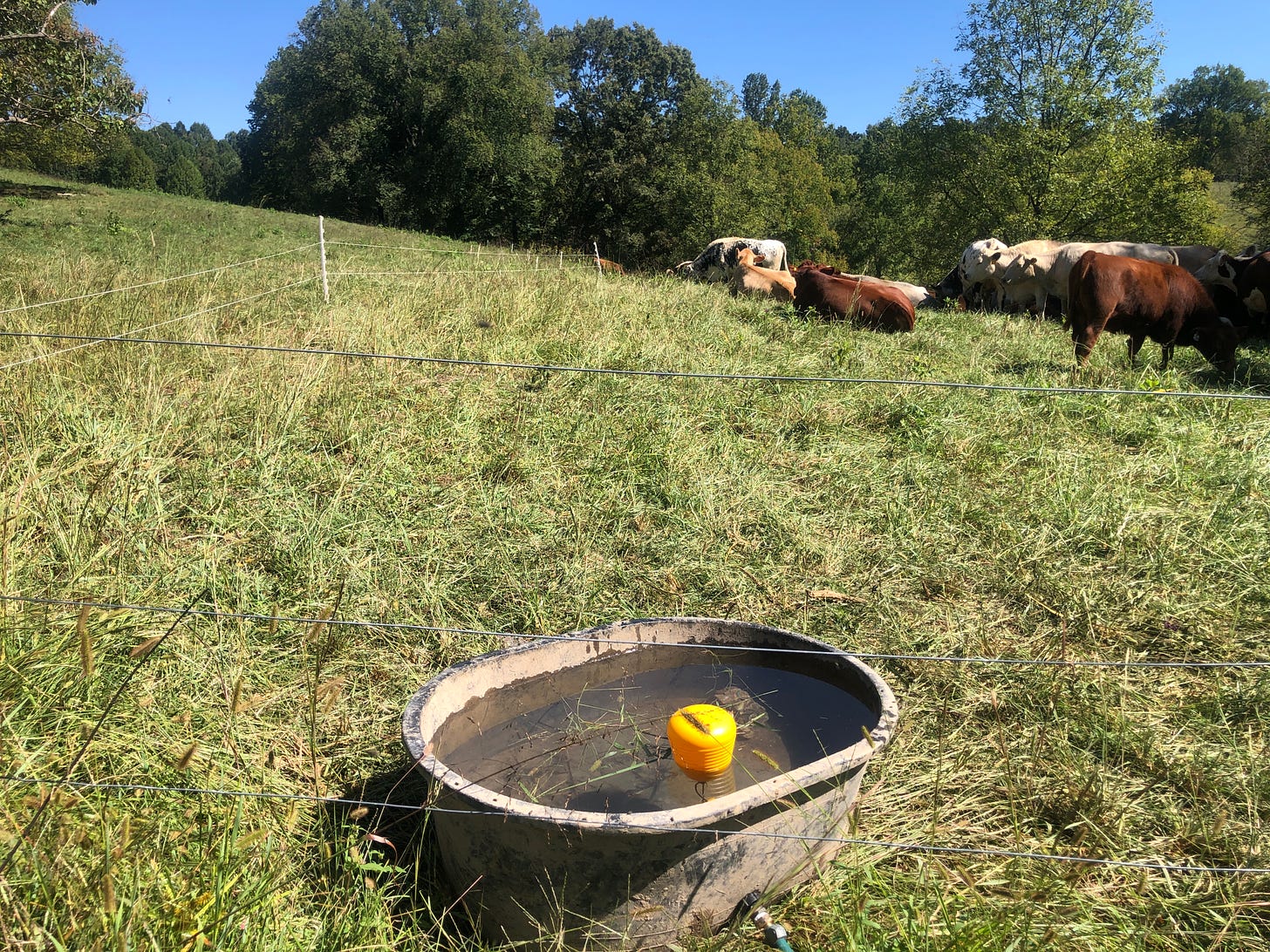
Additional water sources can improve cattle performance. When using a surface pipeline, let some vegetation grow over the pipe to keep the water cooler. Supplemental water also can improve pasture utilization and water intake, increasing animal performance.
Drain and clean water troughs at least every three months and sniff the water for any off smells. Dirty water can harbor some diseases like leptospirosis, e. coli, and others. Livestock sometimes sniff the water, and I’ve heard they take advantage of Oxygen from the water; they should normally take about 20 gulps at the tank.
Maintaining gravel around the tank is important. Avoid large stones mixed with small ones since this can cause hoof problems, especially when stones are carried in mud onto concrete. A lime pile between the concrete and mud can reduce this issue.
When my garlic powder clumps up when it’s been exposed to moist air, I place those in the water trough.
SEEDING
The very best time to seed cool-season grass pastures is fall ( one and a half months before the first killing frost). Pasture fields to consider for reseeding will have less than a 50% of desirable grass or be warm-season grass pastures. I prefer to seed into warm-season forages at the end of September (about 15 days before a killing frost). When seeding a perennial stand of grass like tall fescue, seed only perennials since annuals grow faster, they can reduce the stand of perennials. If seeding annuals, consider a mix of small grains like triticale, barley, oats, wheat, or rye with annual ryegrass. A mix of about 150 pounds of small grain with 20 pounds of annual ryegrass gives full cool season production. If seeded early, you may get early winter grazing; if seeded later, you will likely get early spring grazing through June.
GRAZING
Now’s the time to step up your grazing management. This is the most important time to grow and conserve grass for winter.
Rotating pastures and maintaining good residual height will allow you to stockpile every field for winter. If you rotate off fields, maintaining 4” to 6” height cattle won’t be as likely to graze into the more mature forage next grazing so that you can save it for use later in the winter. In the meantime, you will be rewarded with more pasture growth, better soil, and healthier livestock.
SMALL RUMINANTS
If you don’t have shelter for sheep and goats, birthing time is the most important consideration since goats are very prone to hypothermia, and lambs are not as tolerant of cold as calves. Late March and April are good times for lambing or kidding. If they are born in June, internal parasites are a real concern.
My current management is to pull the rams and bucks when I don’t want births. The months I don’t want them to birth small ruminants are January, February, June, July, August, or September. The gestation period is five months, so calculate it back five months from the listed dates to pull rams and bucks. I’m pulling my Rams and Bucks in late July. The problem with exposing ewes and nannies multiple times a year is that it’s much harder to keep good records of who birthed and raised them. Another issue is dealing with lambs and higher nutritional requirements over a longer period.
Now’s the time for the highest availability of goats and sheep.
LIVESTOCK SELECTION CRITERIA
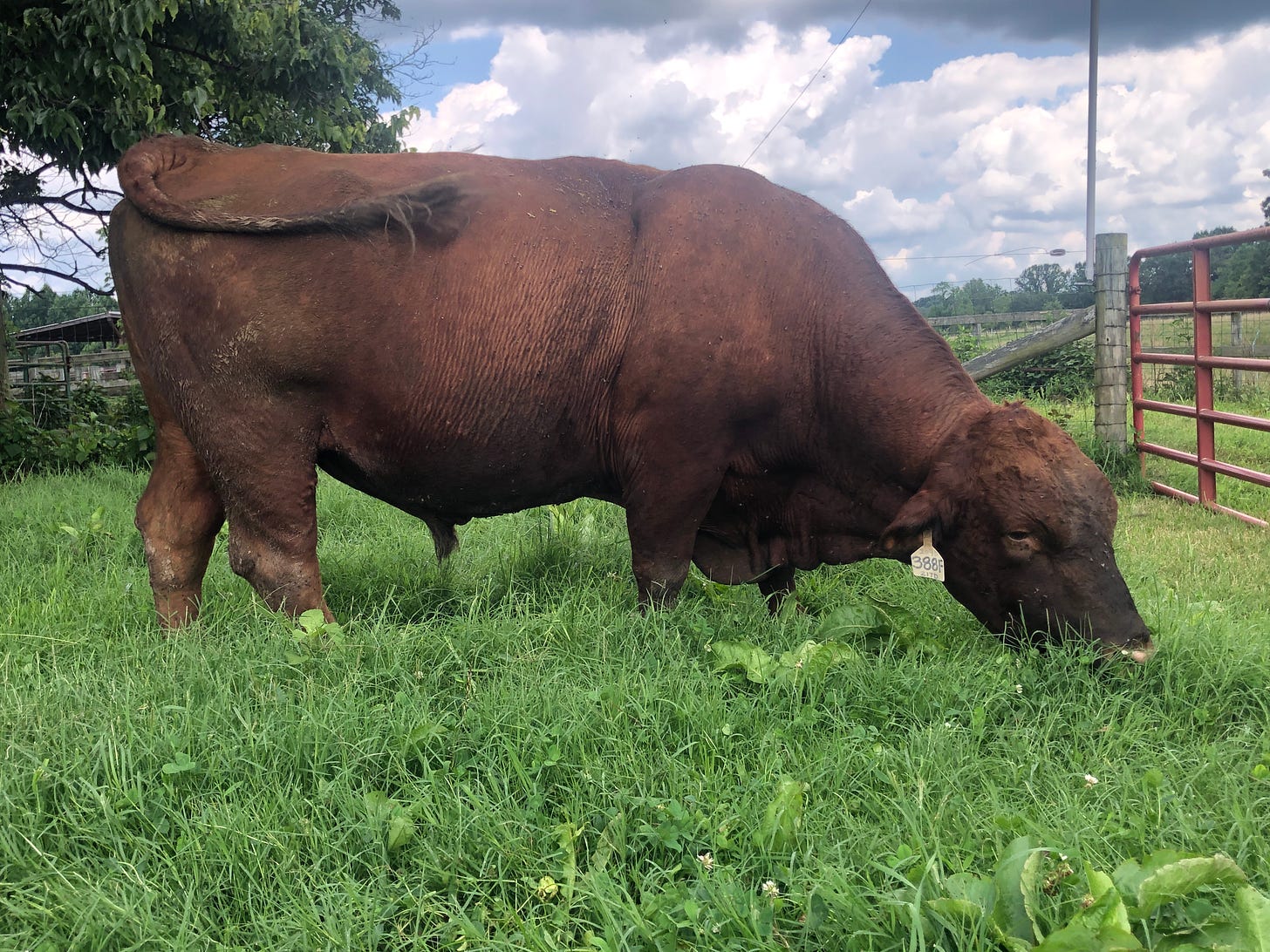
When selecting livestock, whether it’s cattle, sheep, goats, or pigs, I use the same selection criteria. I want the animal’s height to be 2/3 body (e.g., a 3’ tall animal would have 2’ of body and 1’ of leg), wide (barrel-shaped), have a flat top, good feet, and a wide muzzle. A healthy goat will have its tail up, and a healthy pig’s tail will be curly. With goats and sheep, check FAMACHA. FAMACHA is a technique to check for anemia, most likely due to barber pole worms. Pull back the bottom eyelid, and it should be pink. Cherry red is best. If the eyelid isn’t at least pink, don’t buy them, they need deworming. Goats’ eyelids aren’t as red as sheep.
SUMMARY
Even though we’re living through mid-summer, our thoughts need to be on the coming winter. Strive for each grazing to be better!
EVENTS
October 19, Big Spring Farm Pasture Walk, Adolphus, KY; Preregister events@gregbrann.com
October 31, Kentucky Grazing Conference, Low-Stress Livestock Handling, Elizabethtown, KY, UKForageExtension@uky.edu
November 1, Kentucky Grazing Conference, Low-Stress Livestock Handling, Lexington, KY, UKForageExtension@uky.edu
February 16, Grazing for Profit, Harriman, TN (865) 248-3159,
